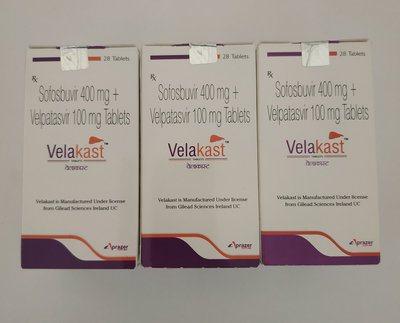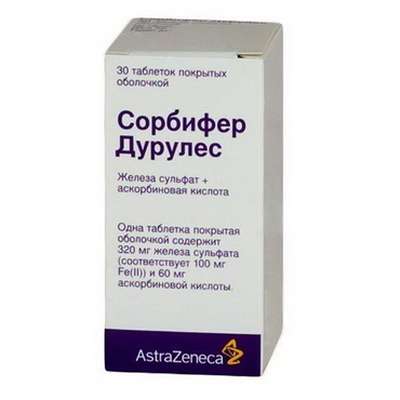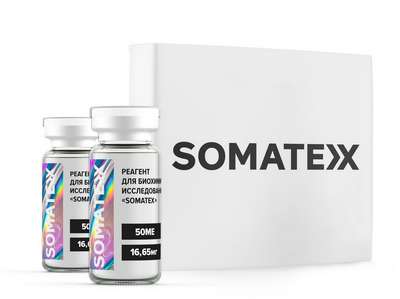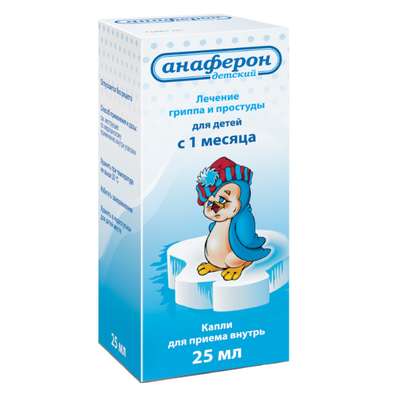Histamine
02 Dec 2016
Histamine in an organism is formed of initial amino acid of Histidinum under the influence of a histidinedecarboxylase. There are no clinically significant drugs influencing synthesis of Histaminum, however certain drugs, for example Morphinum, cause allocation of Histaminum from mast cells as side effect. Results of such release of Histamine are its certain pharmacological effects. There are no available drugs in clinic which considerably influence a metabolism or egestion of Histaminum.
Histamine has many properties, besides a role as the neurotransmitter in a CNS; these properties are shown after activation of histaminic H1-H4-receptors.
Histamine-releasing drugs and drugs directly causing degranulate of mast cells
- Basic drugs, for example Morphinum, tubocurarine
- Complex 48/80
- Radiopaque agents
- Daunorubitsin
- Rubidazon
- Pentamidine
- Stilbadamin
- Polymyxin
- Deferoxaminum
- Tenipozid
Many properties of Histaminum are caused by activation of H1 receptors
Histamine works as an agonist histaminic H1 receptors which are found in a nervous system, blood vessels and unstriated muscles. The local injection of Histamine causes pain and an itch in people, and after its introduction to a systemic blood stream the expressed vasodilating effect which is responsible also for emergence of reddening (erythema) after a vnutridermalny injection, a lowering of arterial pressure (collapse) and erubescence at systemic administration of the drugs releasing Histamine is observed. Histamin also influences integrity of post-capillary venules, causes augmentation of vascular permeability, exerting impact on H1 receptors on endothelial cells. It leads to a local edema of tissues and systemic implications. Histamine released locally from mast cells participates in emergence of symptoms of allergic dermal diseases (eczema, urticaria) and allergic rhinites, and systemic release of Histamin is bound to development of an anaphylaxis. You can try Hepatamin.
Also narrowing of a lumen of respiratory tracts and reduction of unstriated muscles of digestive tract belong to the effects bound to H1 receptors. Thus, Histaminum is bound to developing of allergic asthma and food allergy. All these effects can be prevented by means of antagonists N1retseptorov.
The main effect of H2 receptors agonists is secretion of acid in stomach
It is less effects of a histamine caused by H2 receptors, than caused by H1 receptors. The main quantity of H2 receptors is located in a stomach where their activation is a part of the final effect leading to secretion of H+. Antagonists of H2 receptors can prevent completely secretion of acid in a stomach. Such medicines successfully use for this purpose in clinical practice (see chapter 16). H2 receptors are also in heart where their activation by increase in tsAMF can increase a myocardium sokratimost, heart rate and conductivity in node.
Influence of histamine on other N-receptors requires further research
The role of N3-and H4 receptors research now. It is considered that H3 receptors, located in TsNS, are involved in functions connected with regulation of a dream and wakefulness. Recently participation of H4 receptors in regulation of inflammatory reaction was revealed.
Functions of Histamine
In a CNS Histamine works as the neurotransmitter; it is necessary for maintenance of a condition of wakefulness. In a stomach mucosa Histaminum works as a mediator. It is allocated from the cells and stimulates the cells which are nearby producing the hydrochloric acid. In mast cells of a blood and organs Histamine plays a role of a mediator of IGE-dependent allergic reactions. Histamine raises a tonus of unstriated muscles of bronchi, the asthmatic dyspnea can be a consequence of what. Histaminum strengthens an intestine peristalsis that in case of food allergy leads to a diarrhea. Permeability of blood vessels increases, between endothelial cells of venules intervals through which plasma follows (for example are formed, at urticaria). Blood vessels extend as Histaminum promotes release of nitrogen oxide through a vascular endothelium. The boring Histamine of the sensitive nervous terminations of a skin is resulted by a dermal itch.
Receptors. Histaminic receptors work through G-proteins. Histaminic receptors and H2 type are a target of antagonists. H3-Retseptory are located on nervous cells and influence release of various mediators, including block emission of Histamine.
Metabolism. In the cells containing Histaminum, amine is formed by Histidinum amino acid decarboxylation. Free Histaminum is blasted; the return neyronalny capture of Noradrenalinum, Dopaminum and a serotonin doesn't happen.
Antagonists. Hi and H2-Retseptory can be blocked by means of selective antagonists.
H1-Antigistaminnye drugs. The first antihistaminics ("an agent of the first generation") are nonspecific and block other receptors, for example M-holinoretseptory. These drugs were used antiallergic (for example, bamipin, Clemastinum, dimetinden, mebgidrolin, fenira-mines), antiemetic (meklozin, dimenhydrinatum), nonspecific sedative and hypnagogues. The promethazine is used as an intermediate agent before transition to psychopharmacological drugs from set of fenotiasin neuroleptics. Side effects of such drugs are a sleepiness (drivers of motor transport can't accept) and the effects reminding effect of atropine (for example, dryness in a mouth, constipations). New agents ("drugs of the second generation") don't get into a CNS and therefore don't possess sedative action. It is possible that in GEB endothelium they are transported back in a blood and have no atropine like effect. Treat this group tsetirizin (racemate) and its active enantiomer levotsetirizin, and also loratadin and his main operating metabolite desloratadin. Feksofenadin is an active metabolite of terfenadin which because of very slow biotransformation (by means of SURZA4) reaches high level in blood and can provoke cordial arrhythmias (decrease of the period of QT). Treat this type of drugs also evastin and mizolastin.
H2-Antigistaminnye drugs block secretion of a gastric juice and are applied as antiulcerous agents. The first representative of this group Cimetidinum can change action of other drugs as inhibits liver cytochromoxidases. Newer drug ranitidine doesn't exert such impact.
Stabilizers of mast cells. Kromoglikat also nedokromit block emission of Histaminum and other mediators of mast cells at allergic reactions. These drugs are used locally.

 Cart
Cart





